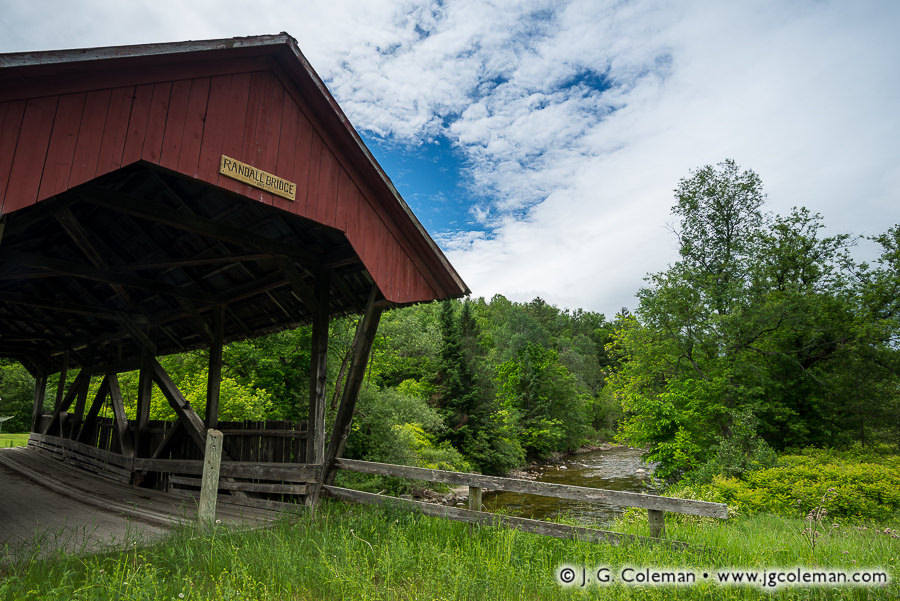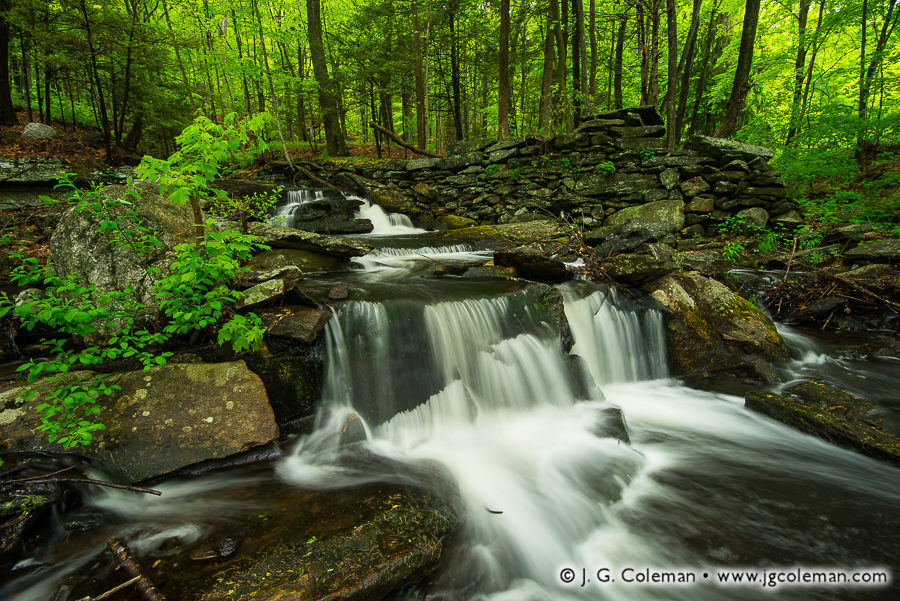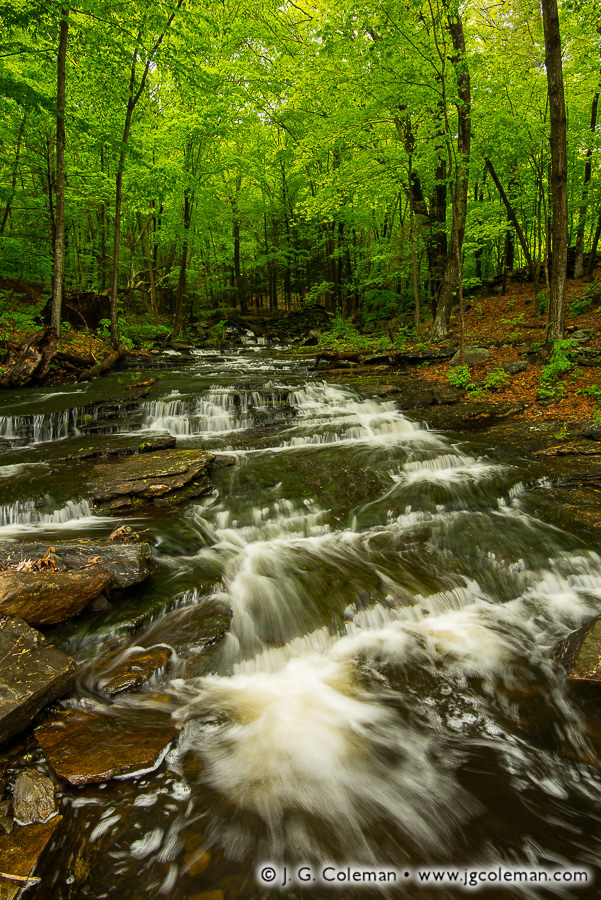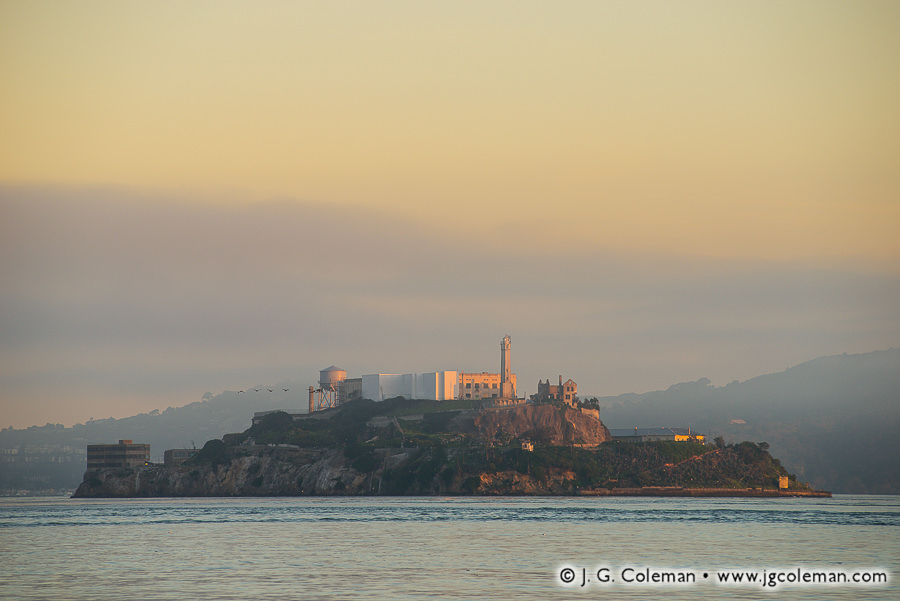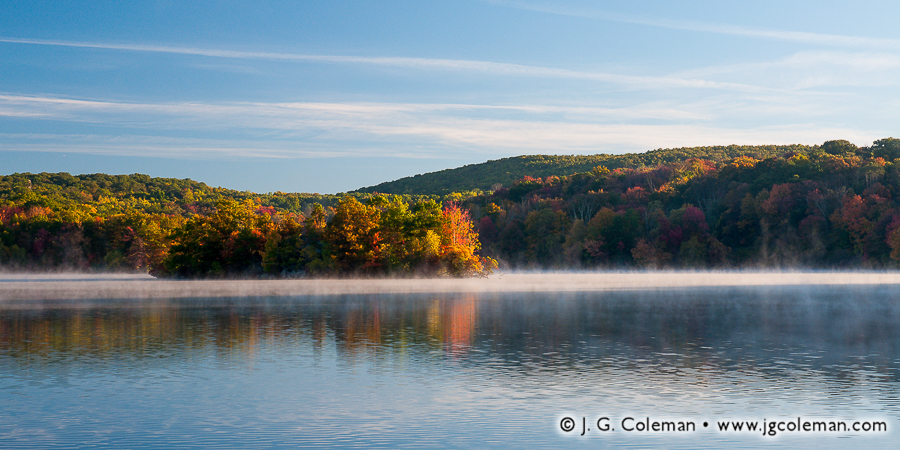
Randall Covered Bridge (a.ka. Old Burrington Bridge) over the East Branch Passumpsic River, Lyndon, Vermont
© 2016 J. G. Coleman
Having spent more than a century and a half amidst the countryside of northeastern Vermont, the time-worn Randall Covered Bridge feels almost as natural a part of the scenery as the surrounding woodlands or the rushing waters of the Passumpsic’s East Branch below.
Randall Covered Bridge is truly a relic from a different era, its rough-hewn timbers assembled the same year that the Civil War came to a close at Appomattox some 600 miles to the south. Records don’t identify whoever was contracted to build the bridge, but the especially wide roof and open sides follow a distinctive pattern endemic to the township and surrounding area.
When the rigors of time and the unforgiving heft of automobiles finally rendered old Randall Bridge obsolete in the 1960s, the people of Lyndon had the foresight to keep the aged timber bridge intact. So, despite having been bypassed decades ago by a modern concrete crossing just 20 feet upstream, Randall Bridge quietly enjoys its 152nd anniversary this year. And with much care and a smidgeon of luck, it’ll be there for generations to come.
Purchase a Fine Art Print or Inquire About Licensing
Click here to visit my landing page for “Randall Crossing at Lyndon” to buy a beautiful fine art print or inquire about licensing.
Want to See More?
Be sure to check out all of my work from the Randall Covered Bridge.

